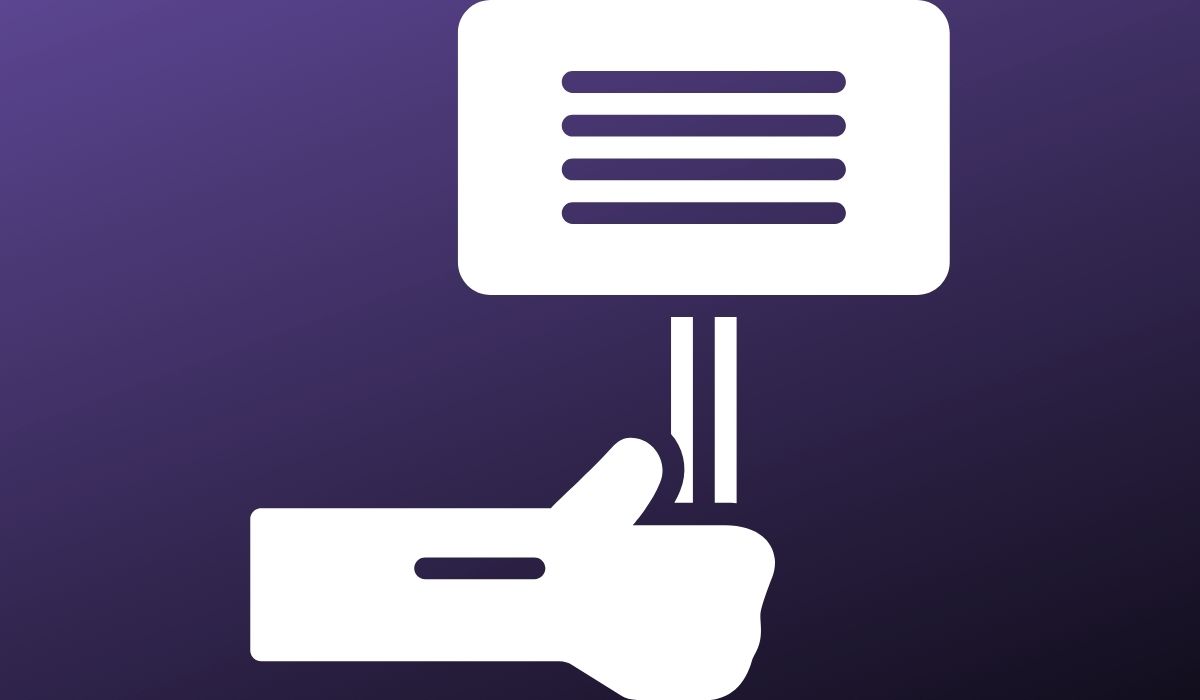2020 saw a surge in defi and non-fungible token (NFT) activity happening on Ethereum as excitement grew around the prospect of yield farming and investing in the new world of digital collectibles.
Inspired by this growing interest, members of the Ardor community set out to develop DeFiMAGIC, harnessing the features of the multi-chain platform including its Singleton Asset and Data Cloud. While there is still room for optimization and cost reduction, DeFiMAGIC is a great example of both the defi and NFT potential of the Ardor blockchain.
So what is it about Ardor that makes it ideal for such a use case and what does DeFiMAGIC bring to the table?
Why Is Ardor Ideal for NFTs?
Launched in 2018 by the same developers responsible for Nxt, Jelurida, Ardor is a multi-chain proof-of-stake blockchain platform with a unique parent-child chain architecture and powerful customization opportunities.
In this system, the security of the entire network is provided by the parent Ardor chain that runs using the ARDR token. The interoperable child chains then operate with their own native tokens, delivering rich functionality with the flexibility necessary for a variety of use cases, including NFTs.
Ignis is the main child chain on the public Ardor blockchain network delivering out-of-the-box features including a decentralized Asset Exchange, the issuance of NFTs as Singleton Assets in just a few clicks, and the Data Cloud for users to upload content to the blockchain that is easy to search and retrieve.
The combination of these features provides the ideal architecture to issue unique and unalterable NFTs representing verifiably scarce digital collectibles that can be stored on the blockchain and bought, sold, or traded across a decentralized marketplace.
DeFiMAGIC Showcases Ardor Utility
DeFiMAGIC is a Twitter bot with NFT capability offering a range of functionalities. DeFiMAGIC originated from a parody of the more established defi projects built mainly on Ethereum but quickly became a showcase for how easy it is to operate smart contracts and features on the Ardor blockchain.
From DeadFish to DeFiMAGIC
DeFiMAGIC started when @ZarkMuckerbarn issued a decentralized asset token called DeadFish (DeFi) on Ardor, instantly available on the Ardor DEX, and began distributing the DeFi token over Twitter, attracting the attention of the wider Ardor community. Shortly after, a faucet with gamified distribution was set up by @wire_master to automate the process and DeFiMAGIC was born, distributing tokens to any account tweeting #DeFiMagic followed by an Ardor address.
The bot was then further developed to manage defi functionality via hashtags. For example, users could access yield farming opportunities using #DeFiMAGIC DEPOSIT, loans using #DeFiMAGIC BORROW, and transfers using #DeFiMAGIC SEND. The bot then takes care of the rest.
This success has led to an expanding roadmap of development for the project, but what about the NFT function?
DeFiMAGIC NFTs
Witnessing the phenomenon of NFTs on Ethereum that followed the 2020 defi craze, @wire_master drew inspiration from DeadFish’s parody roots to do the same with NFTs using DeFiMAGIC. This is where Ardor’s Singleton Asset comes in. Like its NFT counterpart on Ethereum, a Singleton Asset has only one unit that can be traded on the Ardor Asset Exchange or transferred from an owner to another Ardor address.
That functionality provided a token to represent the value of the NFT and facilitate trade but the actual item the token represented, usually a picture, also needed to be stored somewhere. Given the pixelated nature of the original parody NFTs, the converted image data size was under 1kb, small enough to squeeze into the blockchain. But if this took off, was there a way to add more data to store larger images on the blockchain?
The Ardor feature set provided a solution for this again, utilizing the Data Cloud on Ignis to create a permanent bond with the asset. By storing the hashes of the Data Cloud data in chunks within the immutable asset description, 630kb of data could now be stored on the blockchain, opening up the possibility for more sophisticated community designs with easy access NFT creation.
The DeFiMagic bot could then fetch that data from the asset description on the blockchain and convert it back into an image visible on Twitter along with the current asking price and owner details, all with no external database required.
Rise of the NFT Market
The NFT market is growing fast. Weekly NFT transaction volume hit $2 million by December 2020, doubling the level from just a few months earlier. With legacy auction houses like Christie’s now getting in on the act, it has the potential to disrupt a collectibles market valued in the trillions.
In the shorter-term, integration with the defi space presents the greatest growth potential, and merging the technology, by using NFTs for liquidity farming for example, is an exciting prospect. What’s key to both fields on the path to mass adoption is improving the user experience, simplifying these complex processes, just as DeFiMagic has shown.
Although the DeFiMAGIC project originated from parody, the possibilities it provides by leveraging the Ardor blockchain at negligible cost are no joke. With a growing community of users behind it, DeFiMAGIC may well become the Dogecoin of defi and NFTs.




